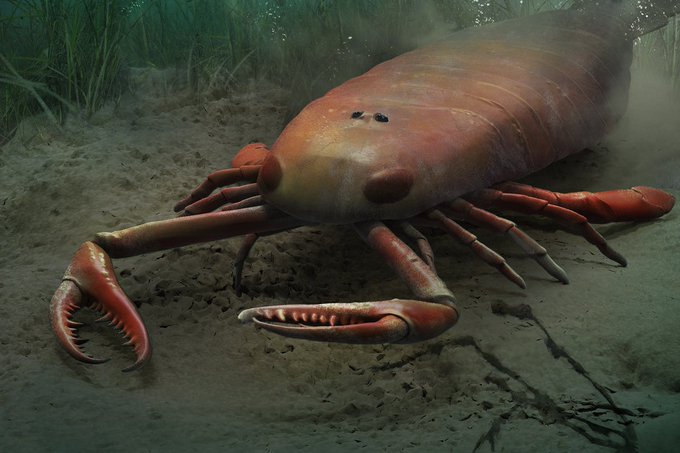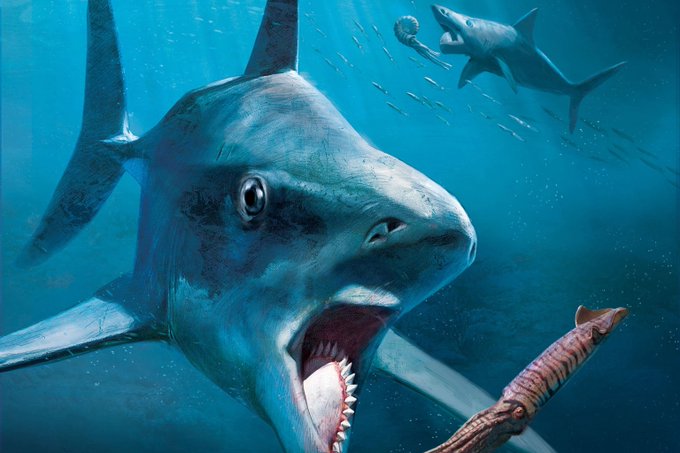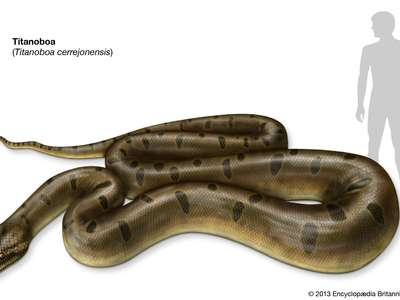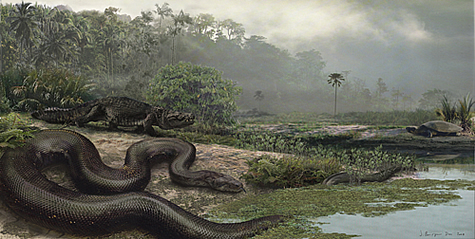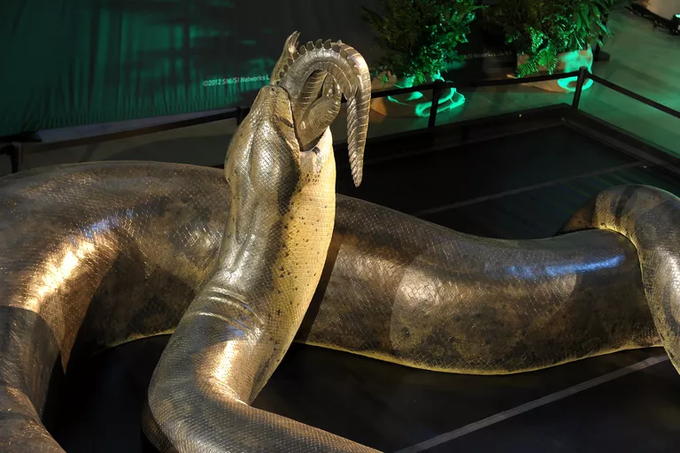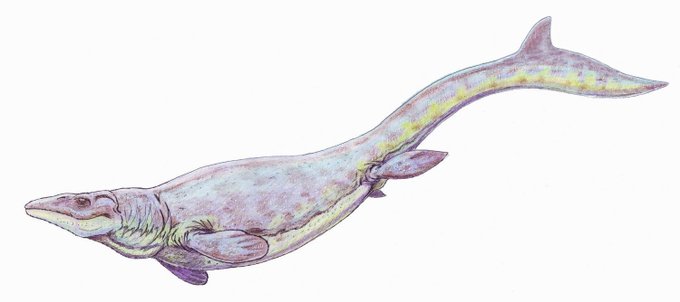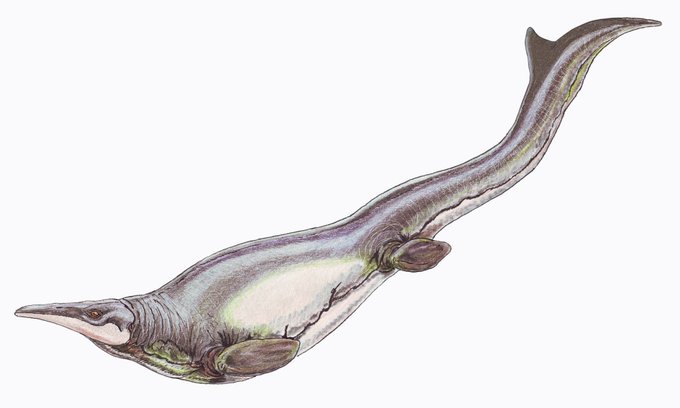ecologicのTwitterイラスト検索結果。 498 件中 9ページ目
Ready for the next of your #1829Talks? 🖐️
This week, join postgraduate researcher, Chess Ridley, to explore how evidence is mobilised to combat the #ecologicalemergency and protect species globally.
Watch Friday from 6.30pm 👉 https://t.co/cbTAeP9Qme
Todays first Ecological Horror is the Jakaelopterus!
The Jakaelopterus was a Devonian horror and also the largest arthropod to ever exist. These were apex predator Sea Scorpions that could grow up to 9 feet long. They went extinct around 252 million years ago!
What makes complex soil ecological networks stable? We propose it's organization by functional blocks. With @DianaWallSoil @mrillig @e_hannula @frantecol @jacrickets @MEecoprof @sinaadl @maarja_opik @LindoLab @SoilEcolUoM @jjdalzell @StavrosVer and more:
https://t.co/SDMTgOdfhd
los #ajolotes regeneran casi cualquier parte de su cuerpo pero están #extintos en su habita natural, no es tarde para las demás especies, #NoContamines
#drawing #dibujodigital #anime #ecologico
"Leave the leaves"
I love this @xercessociety campaign, quite timely now.
Leaves are not litter, but crucial part of ecosystems. Let's stop unnecessary, and ecologically damaging tidiness. 🍃🍂🍁
https://t.co/KDyk7qgVCr
Todays first Ecological Horror is the Chimaera!
Chimaeras can be dangerous to humans, considering their single venomous spine on their dorsal fin. They mainly feed on bottom-dwelling invertebrates such as crabs, octopi, marine worms, etc.
Coral reef destruction, poaching, overfishing, plastic and human waste… @KevinKalbo's comic illustrates the harrowing ecological challenges facing the West Philippine Sea and calls for urgent #ClimateAction!
https://t.co/HEH7NimGt0 #TheClimateConnection #COP26 #saveouroceans
Todays first Ecological Horror is the Anomalocaris!
This was an apex predator of it's time, even thought to be the very fist apex predator. It was a very good swimmer, most likely gliding through water. It's thougt to be the fiercest creature from the Cambrian period.
Zack Snyder was able to weave in the many complex layers of political, religious, ecological, philosophical, & technological allegory so spectacularly into BvS
We seriously need more of these thought provoking, intellectual blockbusters. Such a dying breed.
Todays first Ecological Horror is the Helicoprion!
The Helicoprion was believed to grow up to 25 feet long and weigh 1,000 pounds. They managed to survive the Permian-Triassic Extinction Event, which caused the extinction of 90% of marine life. Their mouths also look weird lol
Today's first Ecological Horror is the Titanaboa!
Titanaboa was the biggest snake in the world around 60 million years ago in what is now South America. Climate change is what killed most of them, but until that point, they were apex predators of land for a few million years.
Todays second Ecological Horror is the Mosasaur!
These are prehistoric ancestors of snakes and monitor lizards. They could grow up to 50 feet.
This ecological interaction probably occurred at least once on the Hy-yi-yi archipelago at some point. #Spectober #snouters
DAY 9 // NICHE
I’ll admit this was a hard one, but what better ecological/microbial niche than roots? 🌱
A symbiosis where Rhizobium colonise legume root nodules, producing ammonium to be used by the plant #Microber2021 #sciart #niche
#apoctober Day 3: Titan
"Sir, our radar's picking up movement ahead. Something impossibly big and moving way too coordinated to be anything ecological."
"Ready the torpedoes, be ready to blow it out of the water once it shows itself."
"Yessir."
@HisLordshib @FalcoLambda ah yeah. because society as it is today requires participation in a number of systems that advance our climate crisis, its totally okay to just involve myself in even more ecological disasters
Taas-kamaong pagpupugay at taos-pusong pagsuporta ang ipinaabot ng UPV Oikos Ecological Movement sa alumnus nito na si Raoul Manuel na napiling first nominee ng Kabataan Partylist para sa darating na eleksyon.
Basahin ang buong mensahe: https://t.co/tjVLEwv5kA
“Ecologically Lush and Unfamiliar,” a new review of The Deering Hour (@Ornithopterpoem) by Karen Elizabeth Bishop and Art in Time (@nightboatbooks) by Cole Swensen, that slips in some film criticism, is now live @ecotheo! https://t.co/OgnXuFoMDv
Drawing on ART to help us understand SCIENCE ✍️🏾—"We not only illustrate the appearance of these birds but also their ecological habitats...We want people to learn a lot about a species through only one illustration.” —https://t.co/LPjX9DOQtJ #ArtScience #Ornithology




